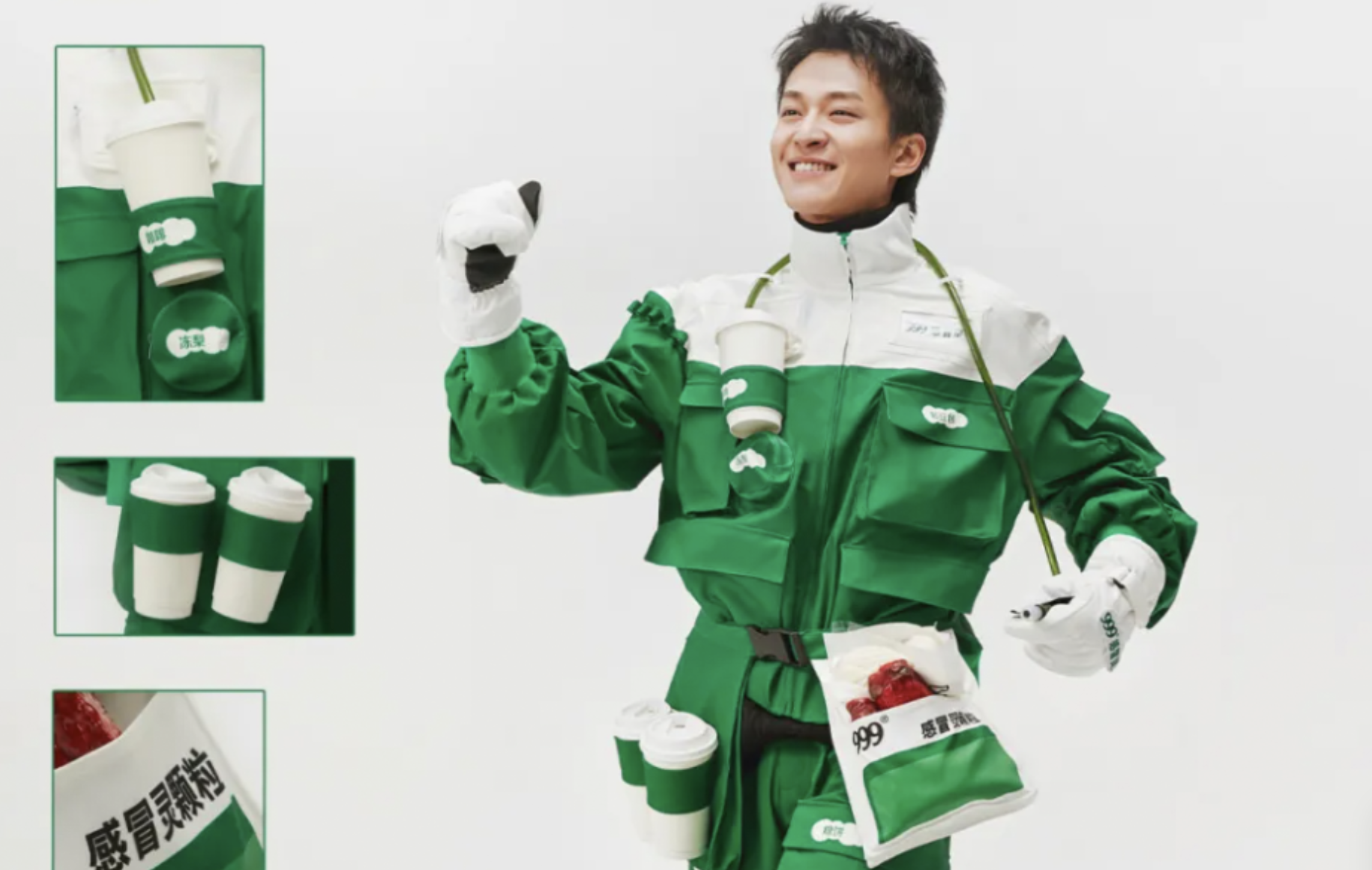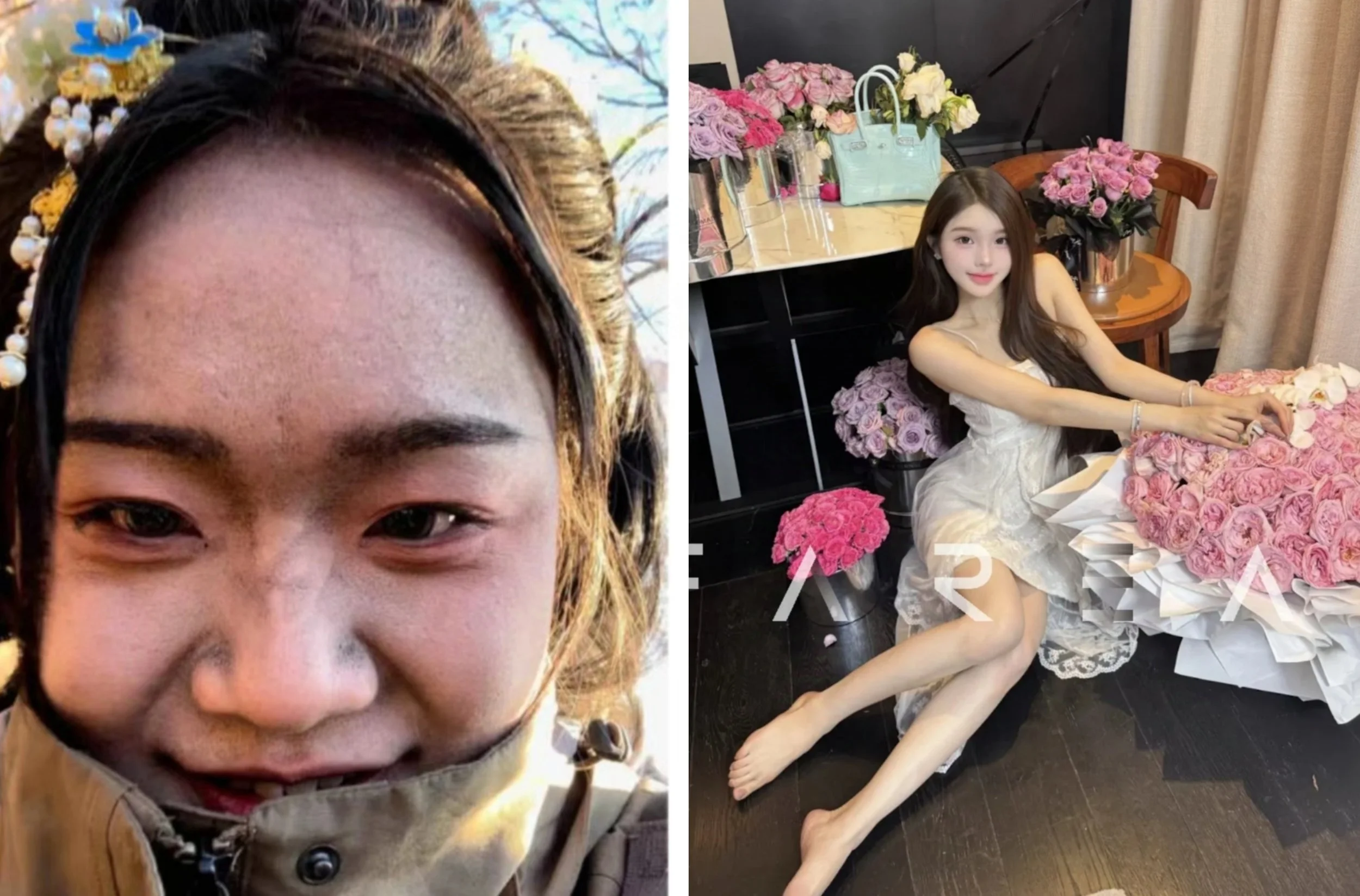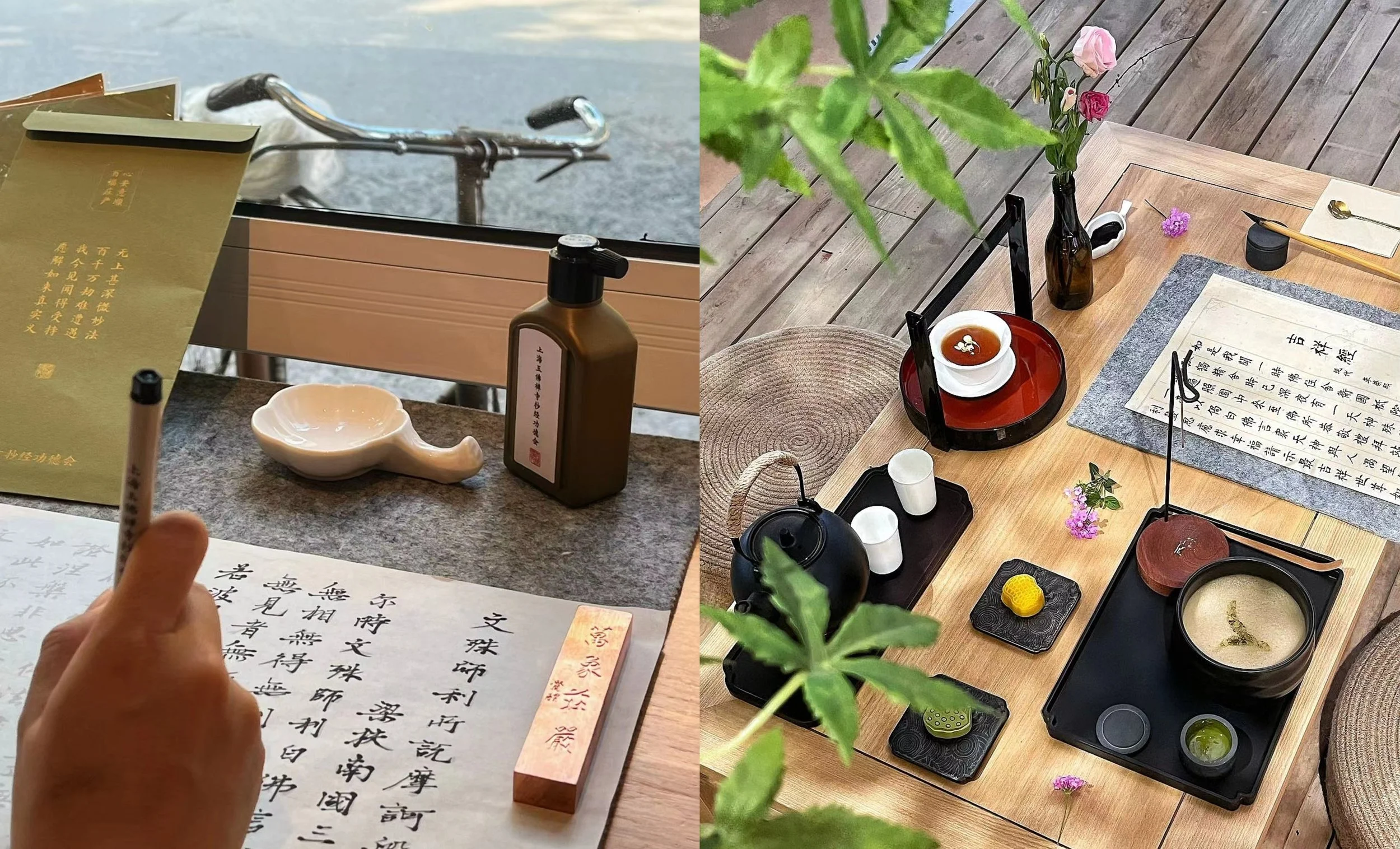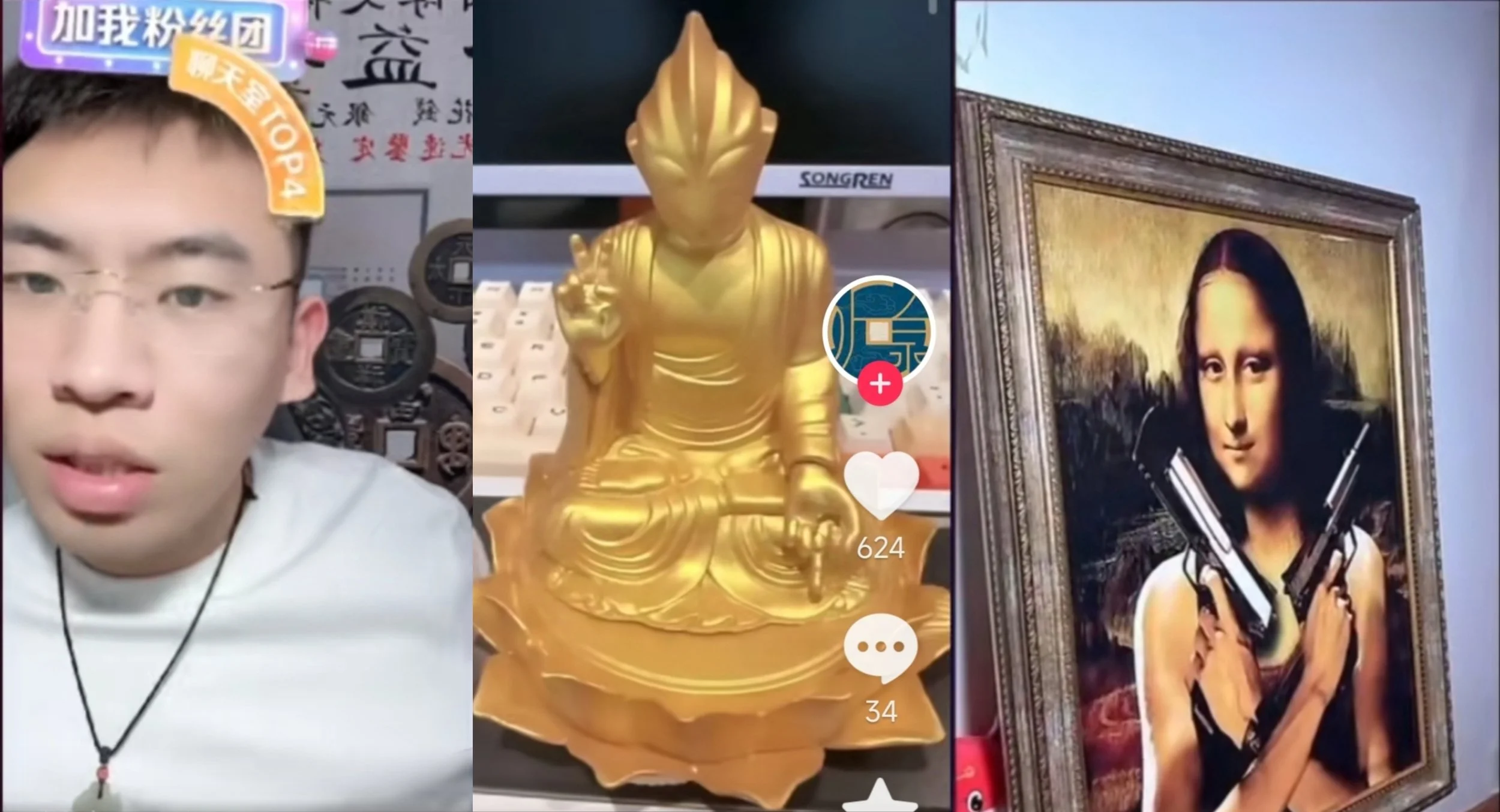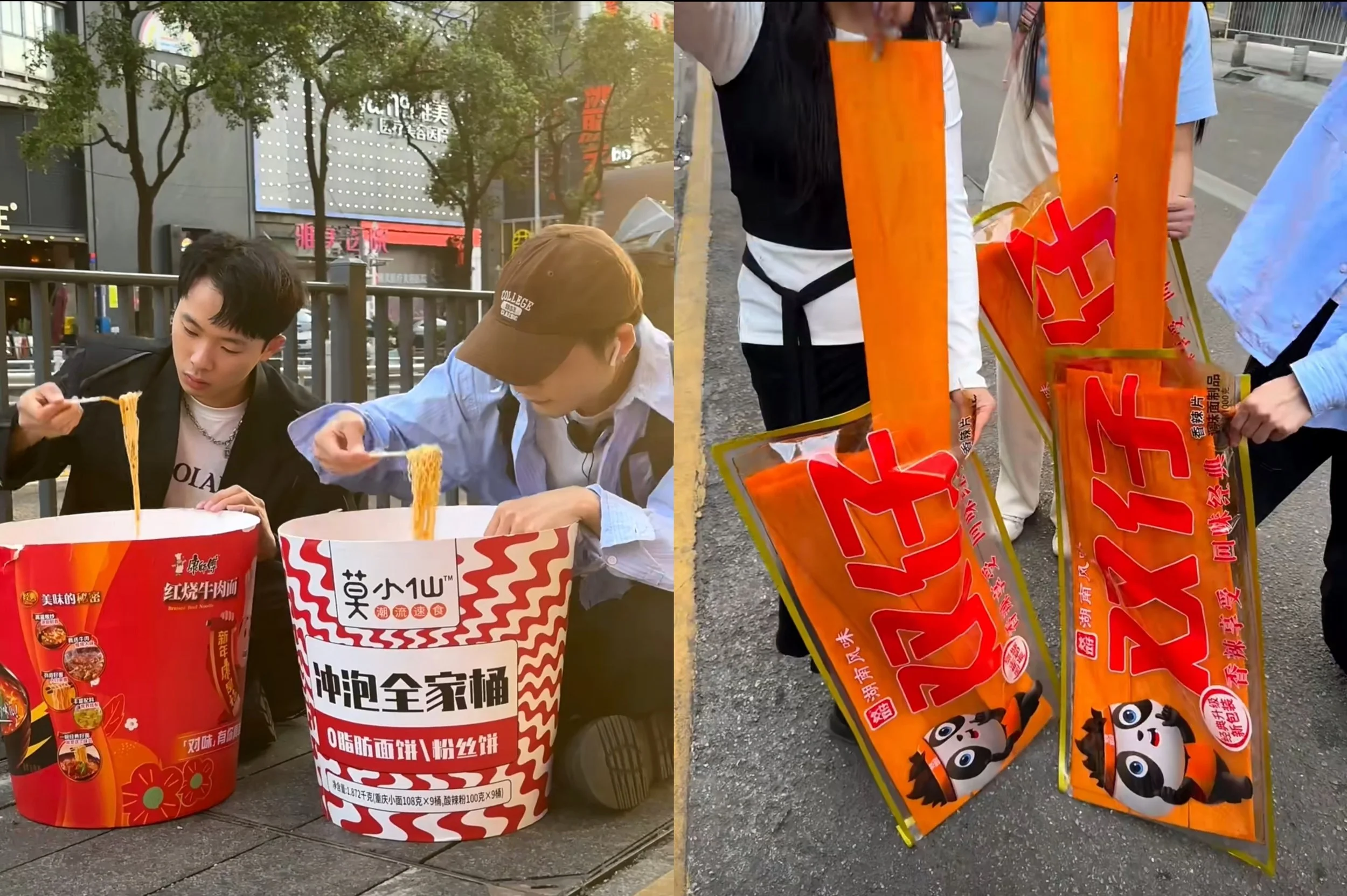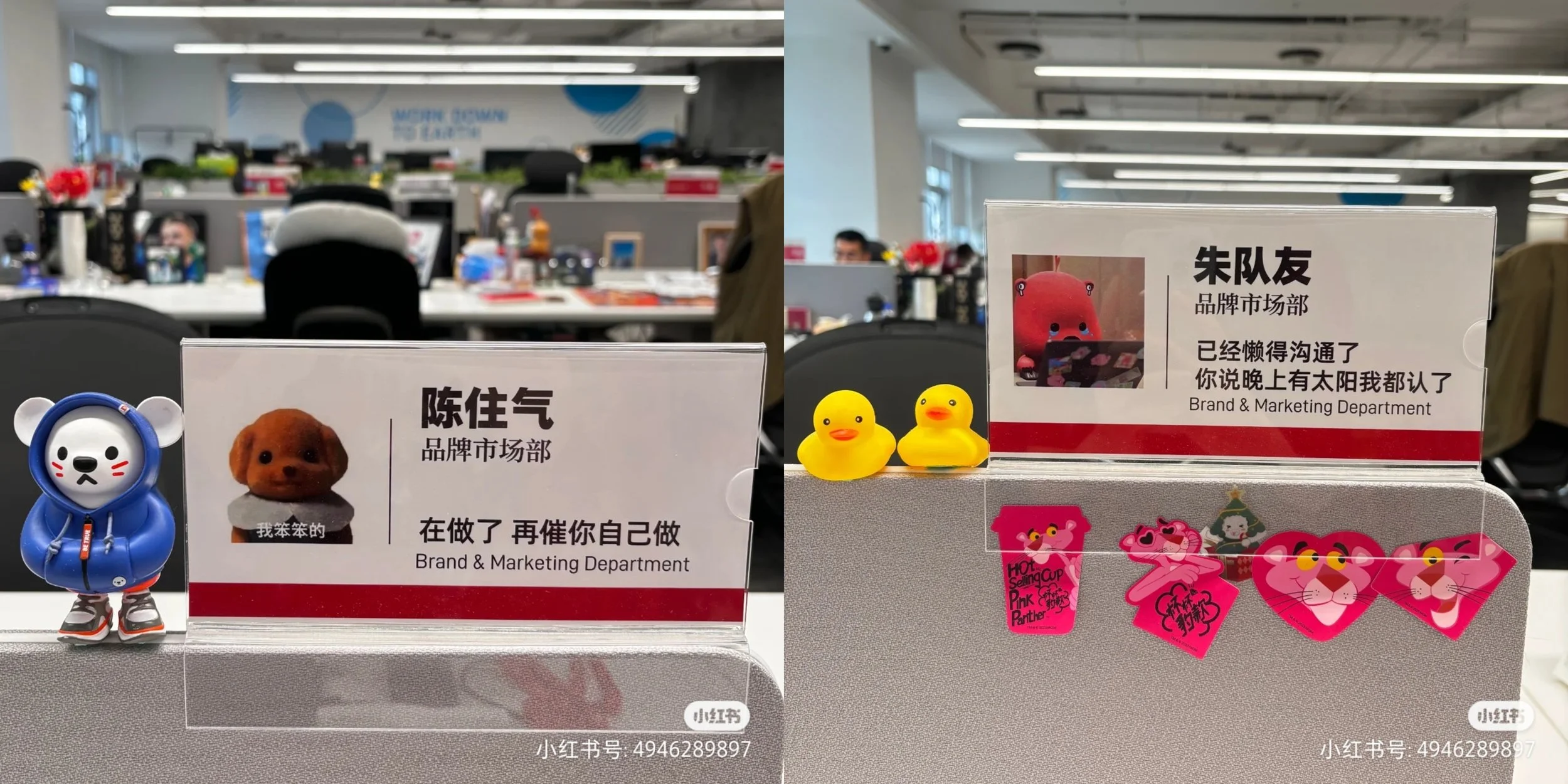Kanye West: Fans immersed in an all-encompassing consumer experience in Haikou
On the weekend before last, over 40,000 people packed into the Wuyuanhe Stadium in Haikou, Hainan Province to see Ye, formerly known as Kayne West. The concert had sold out within minutes, encouraging Ye to put on another “listening party” this coming weekend.
Just days before his first concert, a powerful typhoon had swept through the city, causing significant damage to infrastructure. Public workers acted swiftly to restore the venue as much as possible, seeing fans still having the time of their lives, both at the concert and during the time around it.

The performance scene. Images are from Xiaohongshu.
Kanye West, who last visited China in 2008, found that his fanbase's passion for him has only grown stronger over the past 16 years. Following the announcement of the event by both the Haikou city government and Ye himself in mid-August, ticket prices for flights from major cities like Beijing, Shanghai, Guangzhou, and Shenzhen skyrocketed. After the concert, the Haikou government reported that the event generated ¥373 million ($50 million) in tourism revenue, benefiting fans, the artist, and the local government alike.

The first two images are Kanye West during his visit to Beijing in 2008, while the last two images are from his recent listening experience in Haikou. Images are from Xiaohongshu.
Over 95% of the audience came from outside Hainan Island, with most coming from first-tier cities: Beijing, Shanghai, Guangzhou, and Shenzhen. Ye’s fans find his fashion as endearing as his music, reflecting avant-garde and eccentric style trends - and this was on show. Fans showcased their carefully curated dark styles, turning the event into a surreal fashion show. Even the official account of the Haikou tourism bureau couldn't resist sharing posts about it.

Ye personally customized a hoodie for his Chinese fans, featuring the characters "告诉你了” (I just told you) on the chest, which received unanimous praise. Images are from RED.

Some unique outfits featured on the official Xiaohongshu account of the Haikou Municipal Bureau of Tourism and Culture. Images are from Xiaohongshu.

Images are from Xiaohongshu.

Images are from Xiaohongshu.
More than just the concert and fashion
The tourism-driven island of Hainan embraced the concert to provide an all-encompassing experience. Haikou’s hotels, attractions, restaurants, duty-free shops, and retail outlets welcomed fans with a coordinated offering providing over 100 exclusive discounts. The local government even requested taxi drivers only play Kayne’s music over the period. This further amplified the economic benefits and enhanced the experience for residents and visitors in town for the concert.
The avid fans and their following reflects that cultural niches from China and abroad continue to gain momentum with large swathes of Chinese youth, particularly those in the more sophisticated, higher tier cities.
Elderly influencers provide a counter-narrative to China’s intense work culture, proving that seniors can live life on their own terms, which is proving endearing to young Chinese consumers often labelled as “fragile youth”
This could quite possibly be our favourite marketing campaign in China yet, transitioning a cough medicine brand into a fashion powerhouse, incorporating user generated content, community and corporate welfare
Xianyu has evolved from a second-hand marketplace into a hub for youth culture, side hustles, and digital innovation, offering valuable insights for foreign brands in China
A concise summary of last month's key marketing developments in China, highlighting valuable insights and their implications for brands.
After spreading over social media, China’s youth have demonstrated their need for community and adventure en masse causing a stir on their 50km group ride
China Skinny’s review of key marketing trends and lessons we observed over the month of October 2024.
China is experiencing a shift—or even a dilemma—in its bricks-and-mortar retail landscape. While high-end malls are seeing declines, non-standard commercial spaces are on the rise. Among these, Beijing’s THE BOX Youth Energy Center is redefining the offline retail experience by tapping into the spending power of the younger generation.
Chinese youth embody a rich tapestry of lifestyles and values that defy easy categorization. In a social media world saturated with flashy façades and overly curated personas, many still celebrate authenticity and self-discovery. This creates opportunities for brands to craft fresh, compelling stories that resonate with their desire for genuine connection.
As new generations redefine what weddings look like, brands are seizing the moment to connect with young couples seeking authenticity and personalization.
China's consumer landscape is increasingly divergent. Lower-tier cities are rebounding faster and showing greater resilience than first- and second-tier cities. While large catering businesses struggle, smaller restaurants thrive. How can brands understand these diverging trends and their implications? Read on to find out more.
Scripture copying, once a niche activity, is now a rising wellness trend among young people. It is becoming part of the growing "temple economy," expanding from temples to teahouses and beyond.
Traditional collectibles have become a form of social currency among young people. From spiritual comfort to stylish accessories, livestreams and e-commerce have made these pieces more accessible. And people watch appraisal livestreams for whacky collectibles as an entertainment.
Jellycat CAFÉ has taken Shanghai by storm with its limited-time pop-up. Exclusive plush toys and immersive packaging performances highlight Jellycat's unique blend of emotional value and playful creativity.
Zara's pop up in Shanghai's trendy Anfu Lu provides plenty of lessons on marketing and retail for brands in China
Zara's Anfu Lu pop-up store in Shanghai's former French concession is being reinvented every week; here are photos of the first two iterations
A wave of viral videos in China are flipping the script on traditional Chinese-style parenting. Filmed from a child's perspective, these clips turn guilt-inducing phrases back on parents, pushing them to reflect on their parenting approach.
Ye, the artist formerly known as Kanye West, returned to Haikou, China, after 16 years, with fans endeared by Ye's fashion as much as his music. The whole city got behind the concert, ensuring fans had an all-encompassing Ye experience during their visit to the tropical island.
In recent years, Shanghai's low-altitude economy has been rapidly commercializing, driven by successful developments in composite materials, a strong talent pool, and an expanding range of application scenarios presenting opportunities for travellers and brands alike.
On September 10, 2024, Apple and Huawei held events on the same day to unveil their flagship products: the iPhone 16 series and the Mate XT Master Series. The impressive presentations left people in awe and suggested that the battle for high-end smartphones in China might just be getting started.
Founded in 2019, Tiaohai Village (跳海酒馆) is a community-driven pub brand. Despite having around 30 locations nationwide, it's said to have achieved over ¥100 million ($14m) in revenue in 2023, together with over 200 highly active online alcohol communities. Check it out to learn about what sets Tiaohai apart from other pubs and how it truly connects with Chinese young people emotionally.
Size matters in the China market, but many foreign brands still miss the memo. Size preferences are notably different in China from Western markets across many categories, here are some reasons why...
Who would have thought that the most fashionable item at the Paris Olympics would be the straw hat? Both luxury and affordable brands have launched their straw-woven collections, catering to the laid-back "chillax" lifestyle.
Snacks are getting supersized and catching attention on social media for their social appeal. With giant snacks, brands also enjoy greater exposure as well.
Water shoes have become a fashionable choice for outdoor adventures due to their functionality and stylish design. But will they create a trend as widespread as clogs did?
As mental health issues such as work stress, unemployment and poverty continue to come to the fore, more and more young Chinese are pursuing emotional healing.
‘Crazy ID Badges’ among post-00s white collars have become a trending topic on Xiaohongshu. Many FMCG brands have jumped on it to winning favour from the young consumers.
Chinese consumers generally prefer smaller formats, but this summer is seeing a slew of giant gulps for everything from watermelon juice to ice coffee, meeting consumers needs for different occasions
This spring and summer, wearing bandana head scarves for outdoor trips has become popular, making them a must-have fashion item for 'dopamine girls.'
Chinese youth have embraced Jellycats, stones, even mango seeds as another kind of ‘pets.‘ These alternatives provide emotional value without the time-consuming and attentive pet-caring routines.
Extreme-sport specific cosmetics, tents for pets, outdoor coffee gear and urban sports are just some of the outdoor industry trends China Skinny identified at the ISPO 2024


